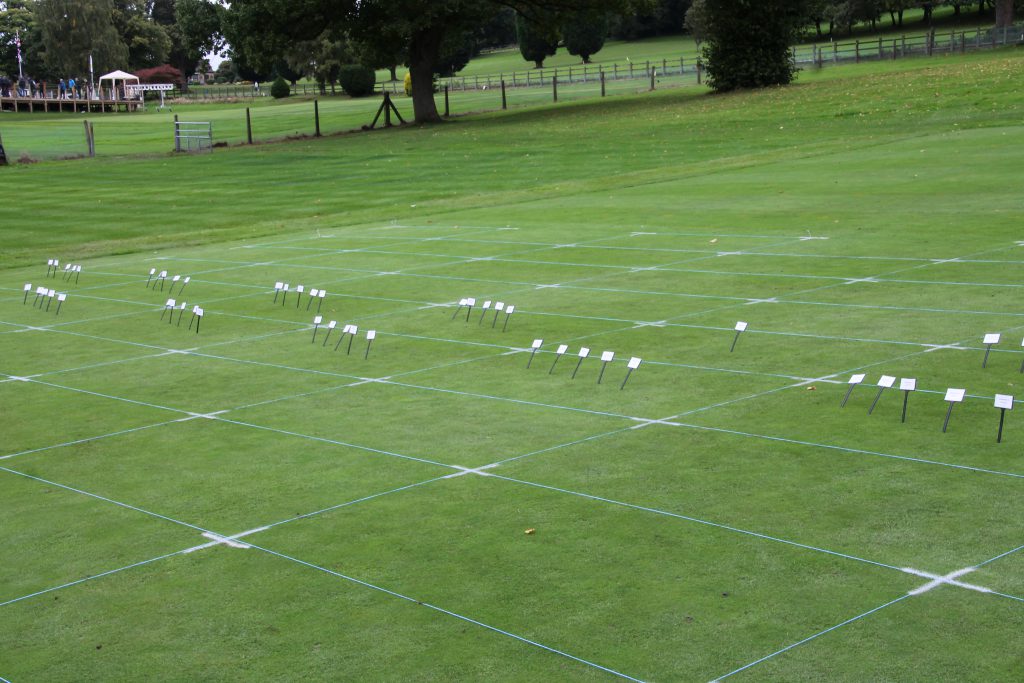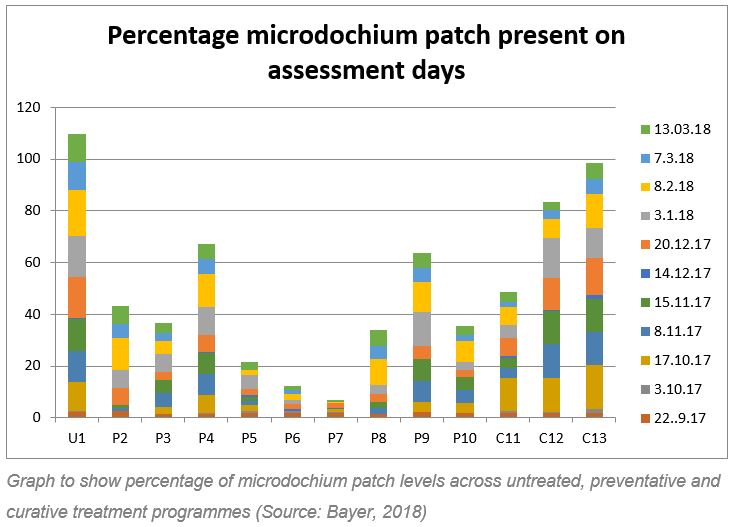Preventative fungicide treatments excel in STRI research trials
Related Articles
Recent STRI research trials prove that preventative disease control programmes outperform curative options when analysed for turf quality, colour and presence of microdochium patch.
STRI research manager, Mark Ferguson, explains these results and stresses the importance of preventative programmes in light of the recent loss of curative active ingredient iprodione.
“When measuring disease presence, the STRI team looked specifically at the level of Microdochium Patch cover on the plots. As expected, the preventative treatments performed significantly better than the curative ones.

“The trials ran over the course of eight months, comparing nine preventative and three curative programmes, as well as one untreated plot.
“The first three programmes used purely preventative fungicides from Bayer. The rest of the preventative plots used a combination from Rigby Taylor and Headland Amenity teamed with plant health products to reflect a more realistic approach,” says Mark.
In general, preventative programmes five to seven showed the most consistent results across turf colour, quality and microdochium patch presence by using an integrated approach with both fungicides and plant health products.
“The fungicides within the curative programmes (11 -13) were applied as and when disease developed to an unacceptable level, mimicking traditional control strategies.

“It’s important to note that none of the trial plots had any cultural controls or biological practices applied prior to or during the trial, other than mowing and switching, which was carried out when necessary,” adds Mark.
Bayer technical manager, Dr Colin Mumford, says the trial results show that even the most ‘bullet-proof’ curative programme was significantly outperformed by the preventative options.
“The disease control landscape has changed and it’s more important than ever before that greenkeepers don’t wait for disease to appear as they may have done in the past,” he says.

























